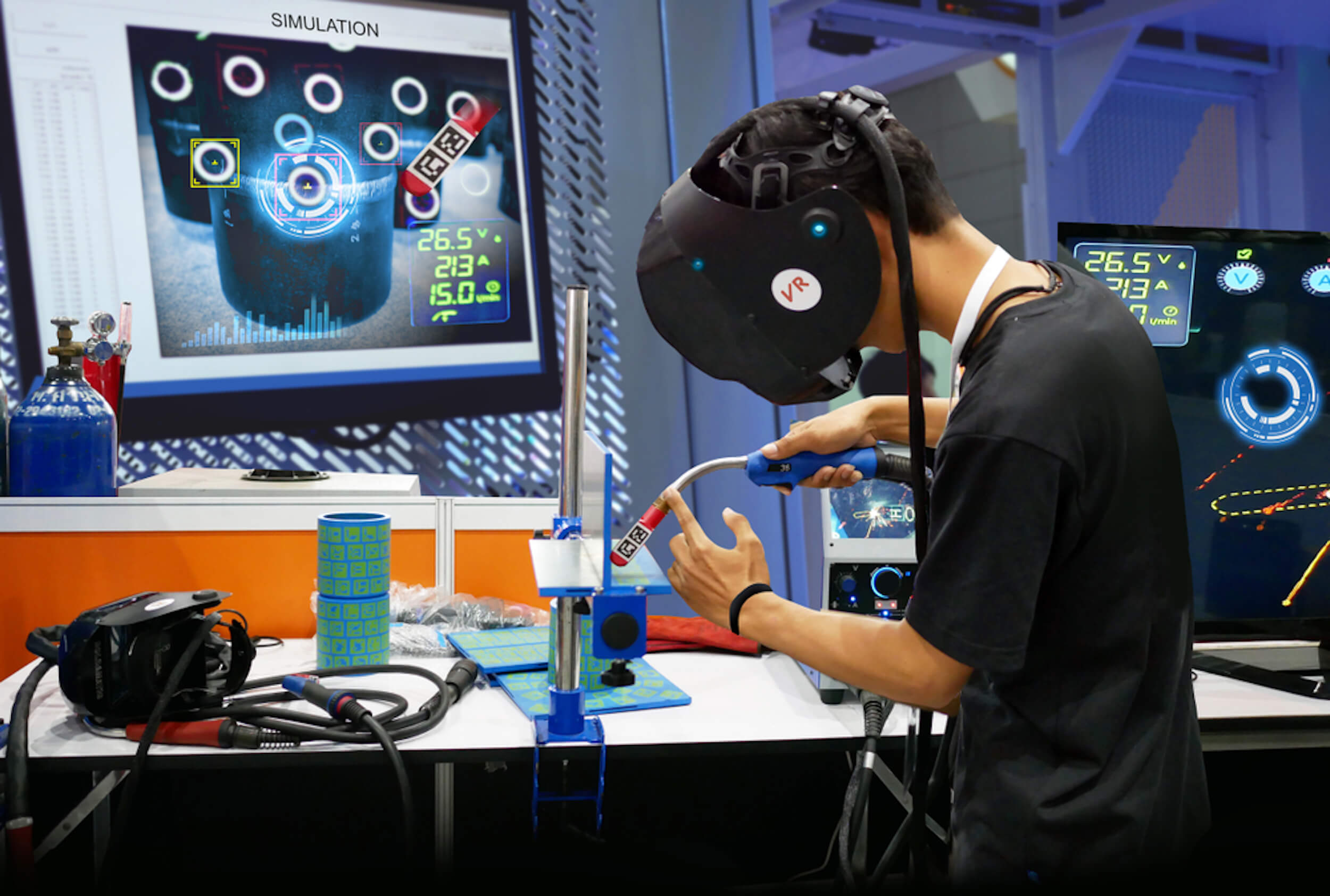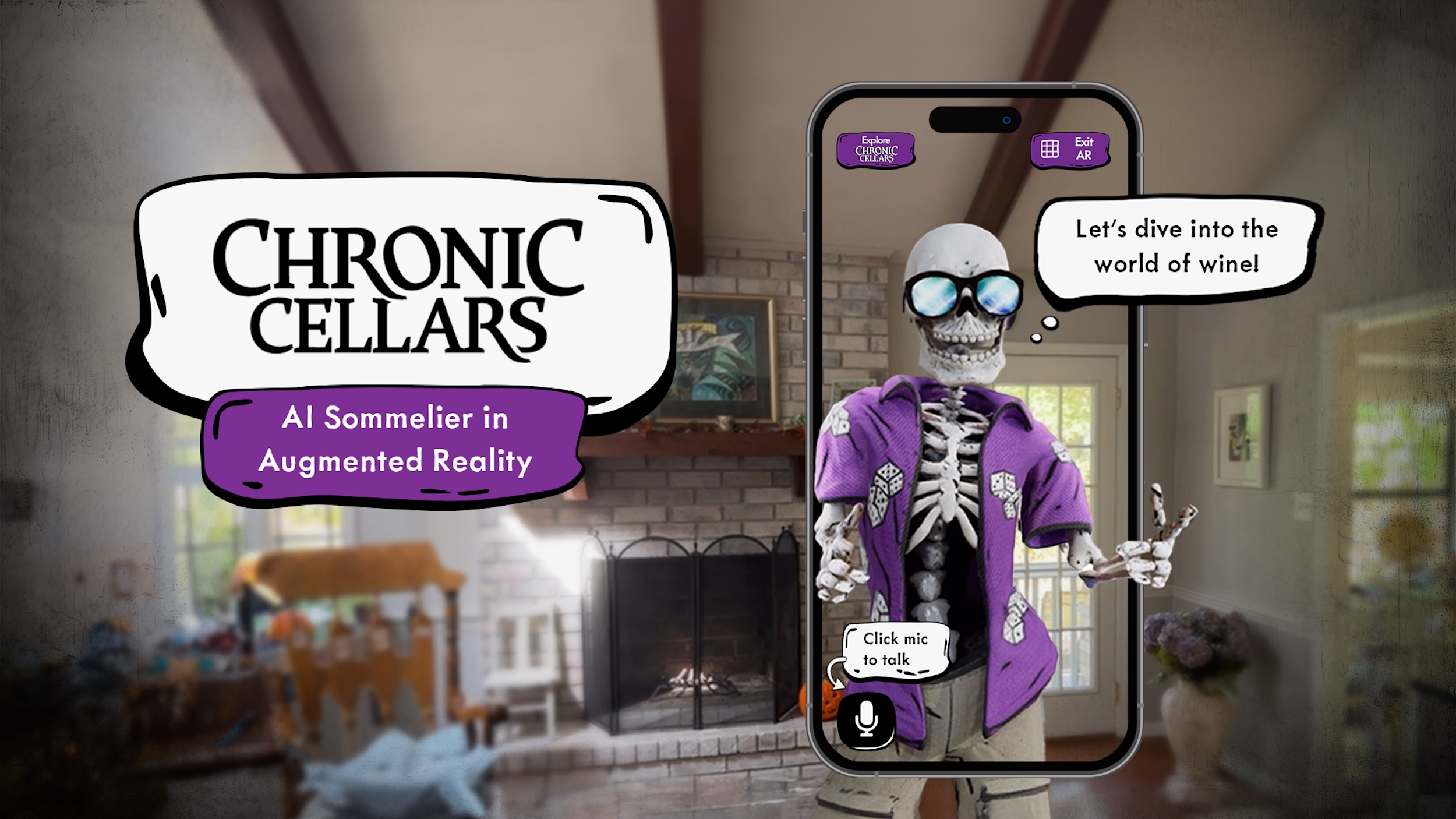
Brand interactions are changing to meet the expectations of new audiences. Digital native Generation Z customers respond to digital-first experiences which “pepper in a personal touch”, according to Forbes, while research from Broadridge suggests 77% of Gen Z want personalized brand interactions.
Forward-thinking brands can give customers the personalization and personality they crave by adopting an exciting cutting edge innovation: the AI avatar.
An AI-powered avatar is an animated character which interacts naturally with a customer or user. A custom-made brand ambassador that listens, understands and speaks like a human. A digital personality responding to what users say and do.
Artificial intelligence characters are already making immersive Augmented Reality and Virtual Reality experiences even more realistic for users. For innovation-savvy commercial directors, brand marketers and experiential agencies, they’re an evolution of storytelling and a much-needed tool for elevating the conversation between brand and audience in coming years.
Key Takeaways
- Today’s customers, particularly younger audiences, want emotional connection with a brand. AI avatars meet that marketing opportunity – they give a brand a face and a voice.
- Character is crucial. AI avatars bring brand identity to life with believable personality, backstory and deep brand knowledge.
- AI avatars are endlessly adaptable to a company’s needs and objectives. Easily deployed across multiple platforms and touchpoints, they’re tailored to any form of interaction with human beings, from sales and customer service to internal training.
- The immersive experience sector is projected to be worth $250 billion by the end of the decade, according to Insight Partners. Innovating now is key to taking advantage of this opportunity.
Let’s chat
Not sure where to start? Book a free strategy call with us to get started! No strings attached.

What are AI Avatars and NPCs?
This buzzworthy field is still developing, so it’s worth specifying what we mean by AI avatars.
In this article, we’re talking about animated characters which hold meaningful conversations with users, powered by generative AI and natural language processing technologies.
These avatars are built around two core components: an AI ‘brain’ and a 3D character.
The brain is trained through machine learning, then programmed with brand guidelines and personality – including backstory, motivations, flaws and even moods.
That semi-autonomous brain is then integrated with a 3D character, lip-synced and rigged for the corresponding animations.
This is distinct from other current uses of artificial intelligence. We’re not talking about standard text-based chatbots seen on many websites, or ‘virtual influencers’ like fictional fashion model Lil Miquela, made of AI-generated still images posted on social media.
True AI avatars are living embodiments of brand IP, capable of surprising and delighting customers. Here’s why they’re essential for taking brands into the future of brand interaction.
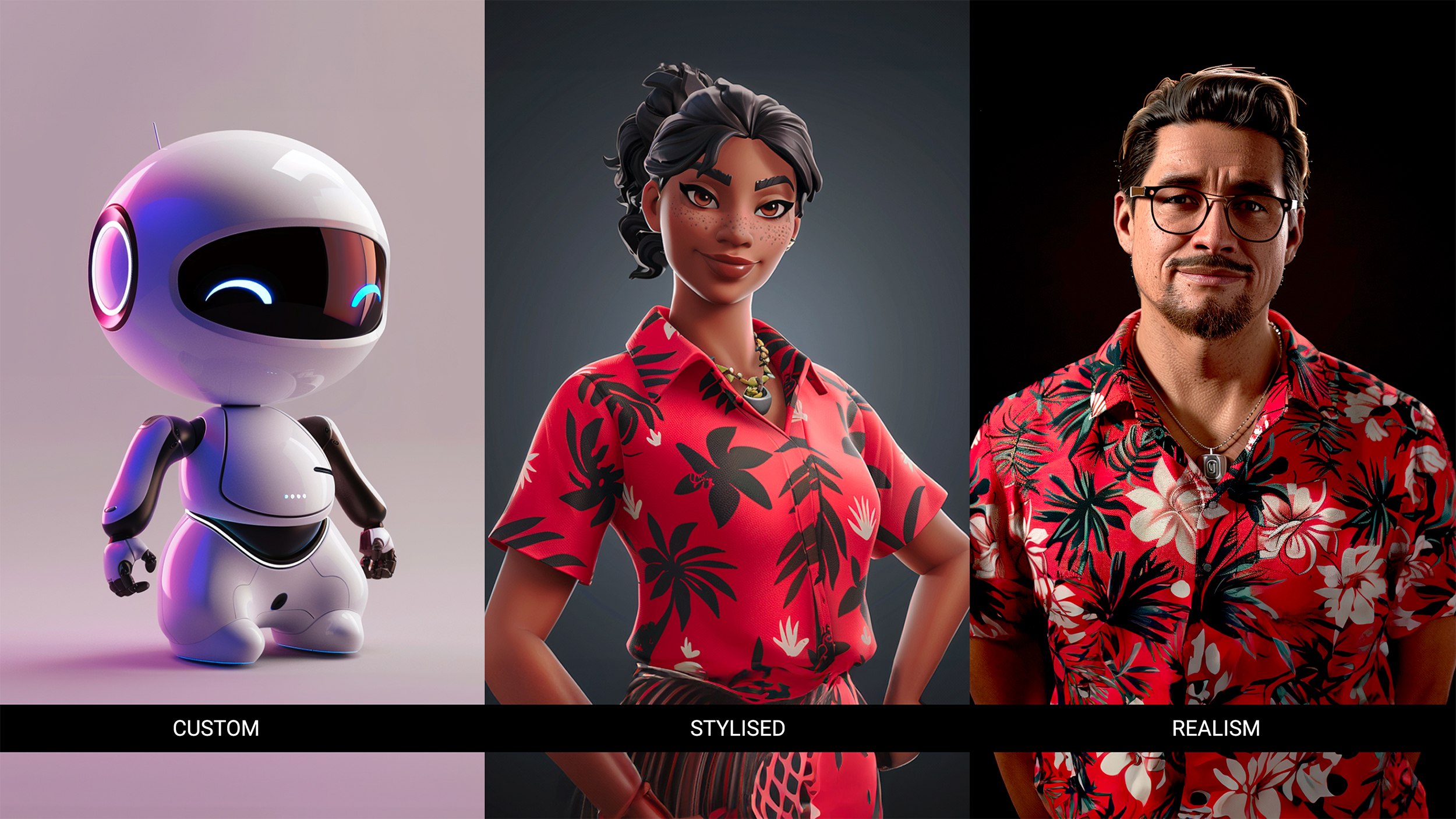
How Does an AI Avatar work?
AI characters powerfully combine cutting edge innovations:
Machine learning trains an AI avatar with deep knowledge of company and product.
Generative AI comes up with human-like natural language delivered to the user.
Text-to-speech & voice cloning provides the character with a flexible voice to answer any question. Brands develop a new vocal identity for their character, or partner with actors and celebrities to match a signature sound.
But the technology isn’t the point, and is in fact invisible to the customer. All someone knows is they’re chatting with a genuine personality.

What is a Non-Player Character (NPC)?
In video games, users take on the role of a playable character. Background characters are known as NPCs: non-player characters (or non-playable characters). Game designers strive for realistic interactions with NPCs so a story feels real.
What is The Difference Between an AI Avatar and an NPC?
Up until now, background characters have largely been limited to a pre-written script.
AI avatars, meanwhile, aren’t simply offering preset responses to users. Sophisticated machine learning trains them with deep brand knowledge, so they can give meaningful answers to any question from a human—wherever the player takes the conversation.
What are Key Features of AI-powered Avatars and NPCs?
AI-powered avatars are platform-agnostic. Once created, they can be deployed across different spaces, including desktop and mobile, in games and apps, on social media, in Augmented Reality (AR) and Virtual Reality (VR).
Key features of AI avatars:
- Personalization
- Multimodal interaction (text-based chat, voice interaction, even gesture recognition)
- Cross-platform integration capabilities
- Contextual understanding
- Personality emulation
- Learning and adaptation
- NLP capabilities
- 3D modelling and CGI compositing
- Brand safety features
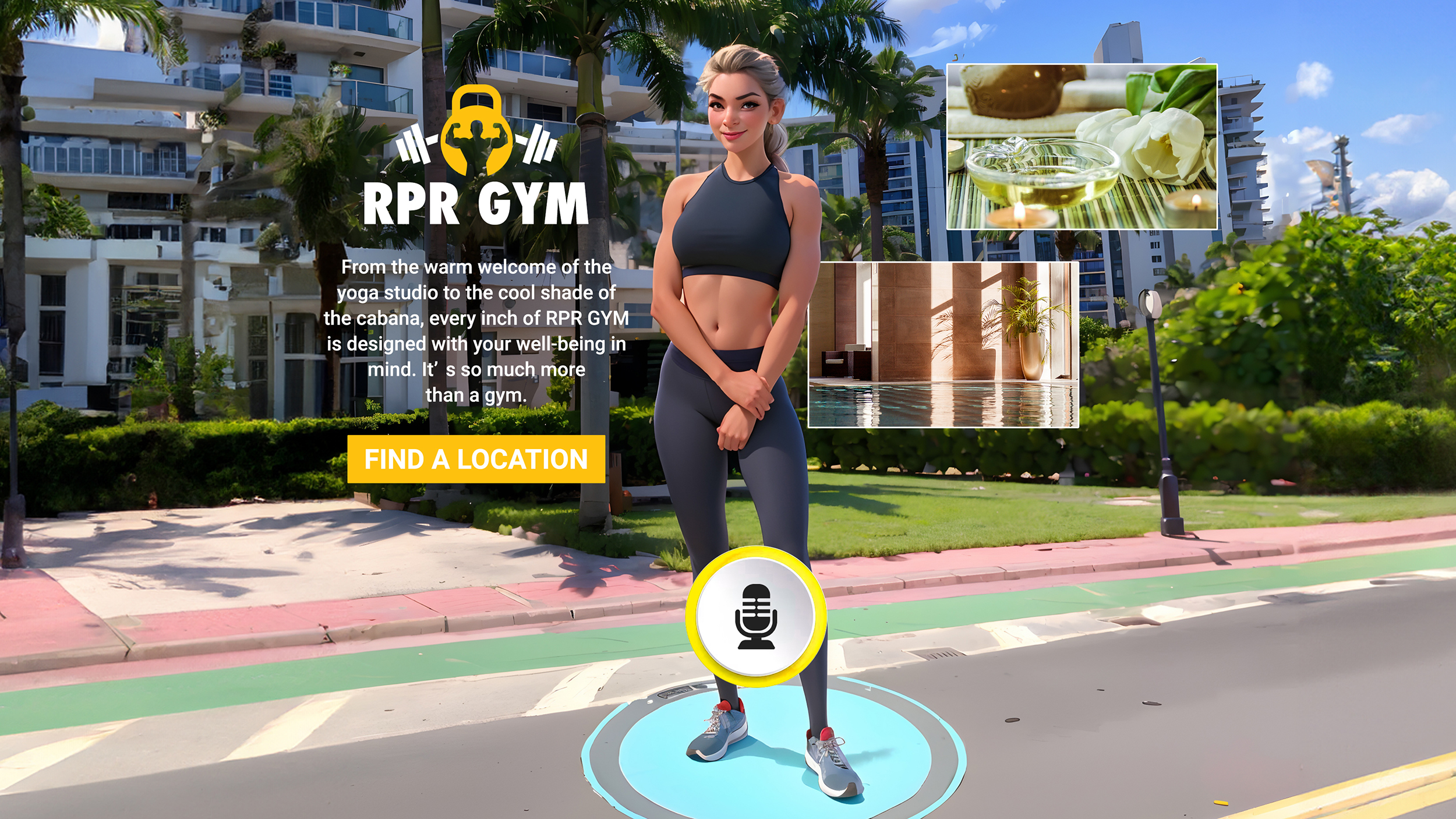
Are AI-powered avatars capable of learning and adapting?
Adaptability is a key advantage over scripted chatbots. Access to the previous chat log means avatars adapt to a customer’s information and their previous answers.
What a customer wants may change as they hear the avatar’s responses. In turn, the AI-powered avatar continually adapts to the human’s changing needs.
How Can AI avatars be Used in Marketing?
With AI, any brand can custom-make the perfect mascot, spokesperson, sales assistant or product expert.
Digital brand representatives hit various marketing objectives:
- Growth — Enticing potential customers into games or experiences.
- Consideration —Nudging people with buying advice or subtle product introductions.
- Loyalty / retention — Advising existing users, or promising fresh experiences next time.
Using Avatars and NPCs for Brand Storytelling
An avatar character is a brand persona brought to life. For example, financial giant UBS Switzerland created a digital double of its chief economist to project authority and expertise when dispensing advice to high-value clients.
To safeguard corporate identity and reputation, avatars are coded with brand safety guidelines, company policies and protective guardrails. Spontaneous interaction with customers therefore remains within carefully-defined boundaries.
Major brands are already using AI avatars, from Samsung to Disney.
Keep up to date
Sign up to our newsletter for exclusive updates and content, delivered directly to your inbox.
How do AI-powered avatars compare to traditional marketing approaches?
Instead of one-size-fits-all advertising broadcasting to a mass audience, each and every customer enjoys a customized interaction. Forging emotional connections empowers forward-thinking brands to get ahead of those still relying on conventional marketing.
How can AI avatars be Used on Social Media?
Cross-platform AI avatars can be used in formats tailored to social media platforms. A pre-recorded TikTok video or Instagram reel forms a cross-platform marketing campaign linking to the full experience.
Even if new social media platforms emerge or algorithms change, AI avatars adapt to meet customers wherever they like to hang out.
Done right, AI avatars create self-sustaining viral moments as delighted users share the experience with their networks.
Crucially, the brand is represented consistently across all platforms, sparking customer familiarity no matter where it’s encountered.

How to Measure the Effectiveness of AI avatars in Marketing
A sales-oriented character can directly link to a product retail page, allowing brands to clearly see the avatar’s conversion and ROI. Further data analytics track how customers engage with the avatar compared to engagement with other channels.
Key metrics include:
- User engagement metrics (dwell time, frequency of interactions),
- Conversion rates for desired actions (sales, sign-ups, downloads)
- Customer satisfaction post-interaction (return user rate)
The entire chat log between character and user is recorded: a unique element of AI avatar campaign analysis. This can be incredibly powerful to understand customer sentiment and how they interact with your brand on a level impossible with other forms of marketing.
What are Some Examples of AI avatars Across Different Industries?
Innovative brands are already trialing AI avatars. The range of examples shows the flexibility of AI avatars: they benefit any industry.
How are AI avatars Used in Food & Beverage?
Customers looking for wine with a twist instantly grasp the Chronic Cellars brand when they chat with the winemaker’s playful yet knowledgeable Purple Paradise AI sommelier character. Developed in collaboration with Rock Paper Reality from the company’s iconic pre-existing character, the animated sommelier answers questions, offers tasting notes, suggests seasonal recipes and teases secrets from the cellars. The character does all this in sunglasses and shades, embodying the brand’s fun-loving identity.
How are AI avatars Used in Entertainment & Media?
In early 2024, Nvidia’s Convai demo showed unprecedentedly lifelike video game NPCs. Alongside innovations like Replica Studios’ smart NPCs, there’s clearly enormous potential for familiar characters and household name IP to be given a new lease of life with AI.
For example, on a streaming service homepage a character from a movie could chat to a viewer and recommend a film to fit their mood. To show how existing IP characters can be given an extra dimension, Disney is experimenting with adding AI to instantly recognizable Star Wars characters, deepening interaction online and in-person at theme parks and attractions.
How Are AI avatars Used In Sports?
AI avatars can help diversify a brand beyond its core proposition. A great example is sports, where research shows younger audiences are often more interested in athlete social accounts rather than watching the sport itself.
Professional sports teams can create AI avatars of their athletes for experiences such as web-based escape-room-style games or activations in-stadium and on sports memorabilia. This enables fans to interact with their favorite players on a personal level, providing a unique and engaging experience.
How Can AI Avatars Be Used In Education & Training?
Avatars which talk like real people are ideal for training staff in customer service and soft skills. These training environments provide individualized tutoring or simulate customer service interactions.
For example, a realistic avatar could be used on mock sales calls, adapting to what the salesperson says and responding realistically to user inputs. Employees quickly learn how to resolve typical queries or defuse common conflicts.
What Are The Advantages of AI Avatars for Branding?
Text-based chatbots may appear more cost-effective than a human customer service employee, but brands should consider customer responses. One study showed 78% of consumers have interacted with a chatbot in the past year, but 80% found the experience frustrating.
Another study found personality traits like openness and agreeableness gave a “significant improved effect on the user experience”. That shows personality-filled AI avatars offer an experience many impersonal and limited chatbots can’t match.
AI characters can also take brands into spaces not reached by traditional advertising. For example, Inworld have demoed AI characters in Roblox, a gaming platform used by 71.5 million people per day. Millions of gamers use platforms like Twitch (33 million US users) and Fortnite (500 million users worldwide), adding up to a huge potential audience for brands.
Far from being wary of product placement, Comscore found 55% of players actually respond well to real brands appearing in a game’s storyworld, especially if ads come with some form of reward.
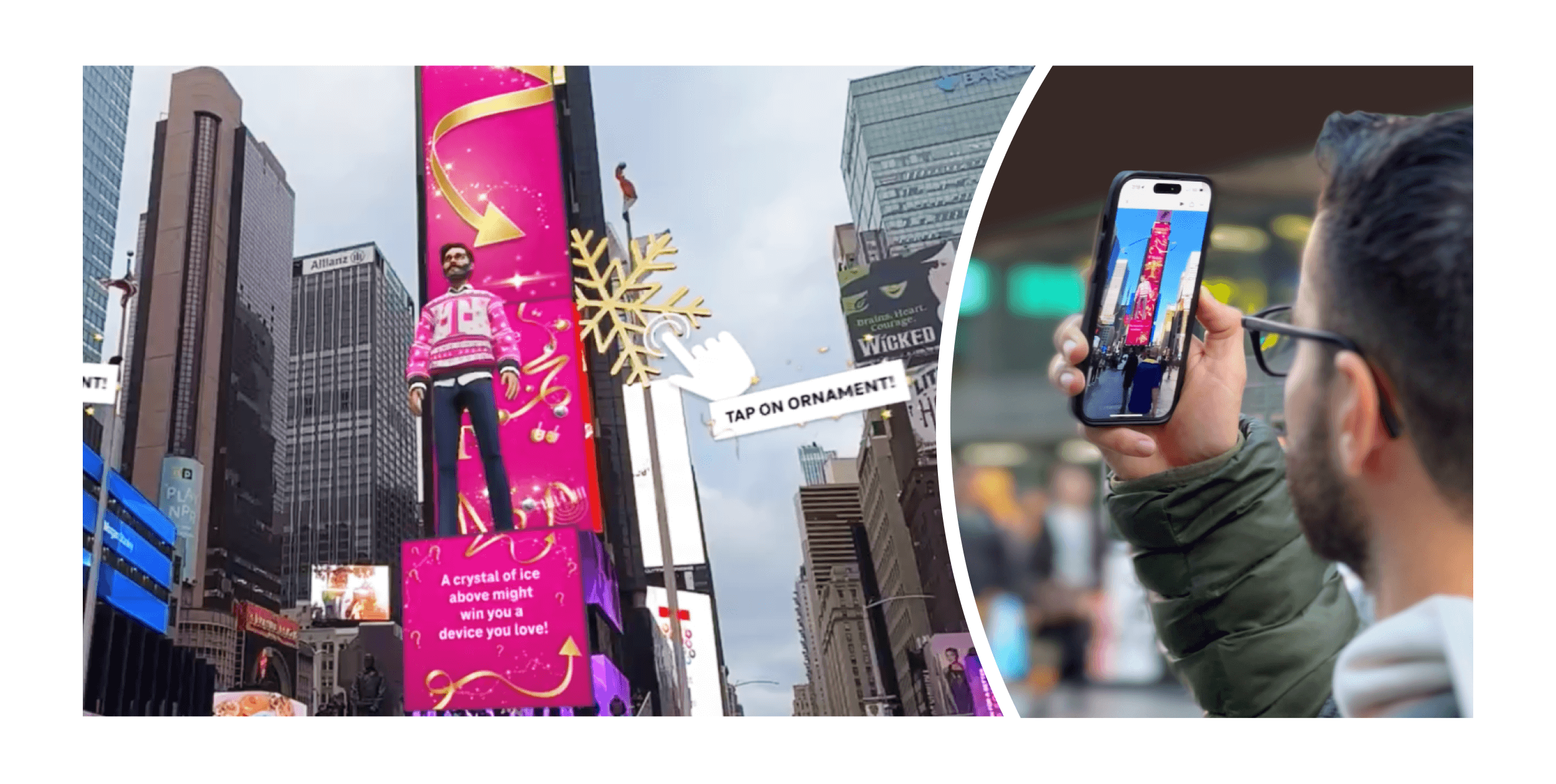
Using AI Avatars To Enhance Audience Engagement
Conversational AI brings IP to life, elevating characters into living entities. Adapting and engaging spontaneously, they present a unique opportunity to build rapport and transform user interactions into novel and exciting brand touchpoints.
When customers encounter a consistent compelling character across every platform and touchpoint, it gives a brand the opportunity for transmedia storytelling meeting the continuous demand for fresh content and experiences.
Building Emotional Connections
Brands can program a character’s facial expressions, voice and intonation to suggest emotions and personality. Studies suggest people trust AI showing personality, keeping them interacting with the brand and potentially nudging towards purchasing decisions.
Trust and authenticity are essential for consumers. According to GWI, 59% of Gen Z say they trust AI-generated information a lot/completely, compared to just 33% of baby boomers.
Data Capture And Insights
Savvy consumers may be reticent to share their data. But a compelling AI avatar can draw out relevant information from a person in a less intrusive manner.
This conversational model opens up first-party data capture to give brands crucial insights.
Best Practices for AI Avatar and NPC Creation
We’ve seen how an AI avatar benefits a brand. So how does a brand create one?
That’s where companies like Rock Paper Reality come in, turning brand assets and IP into AI-powered ambassadors wowing audiences.
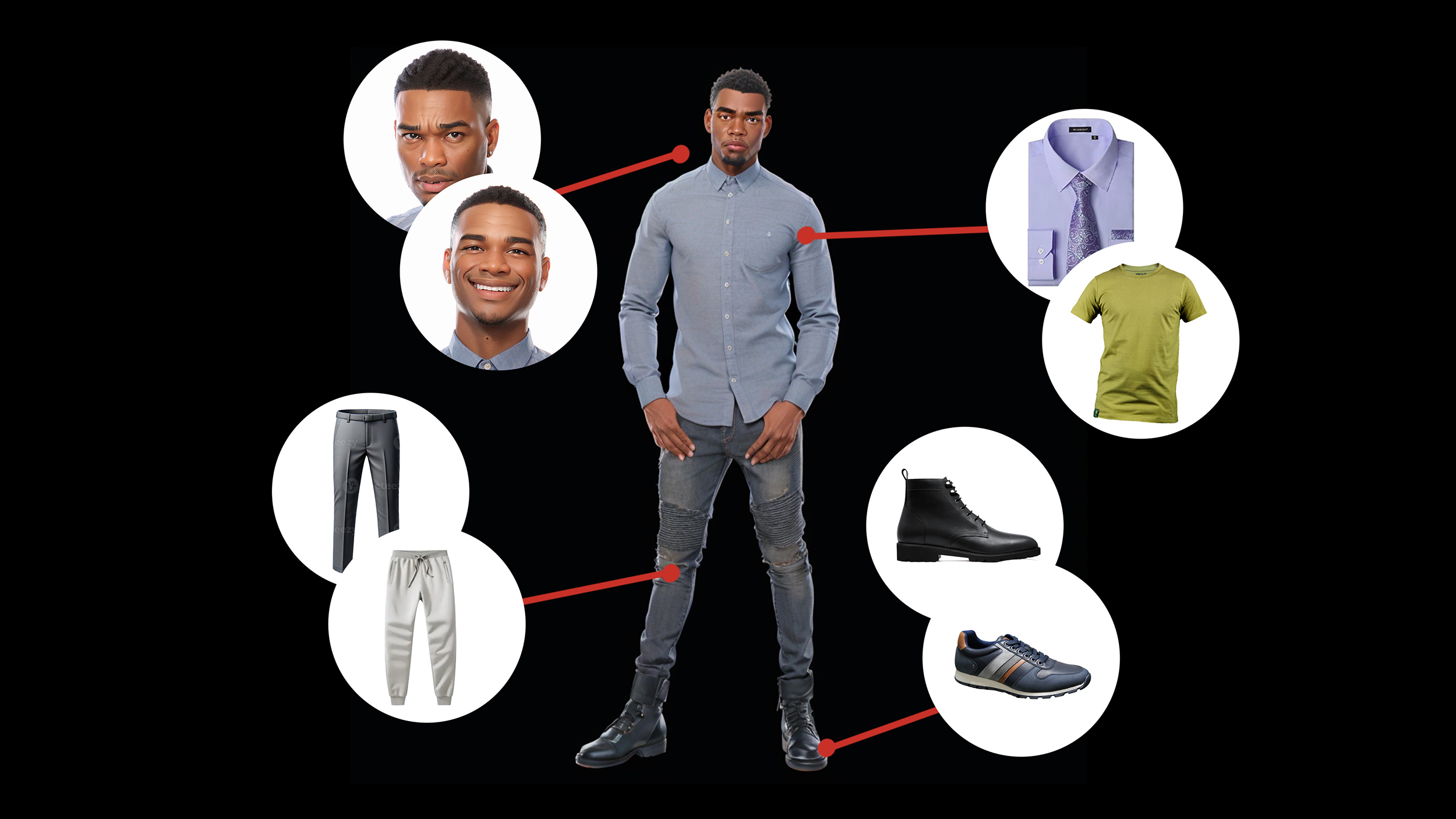
How To Create An AI avatar
A brand avatar begins with an idea. Whether based on existing IP or developed as an original concept, the character’s personality will need to reflect and represent the brand persona. This means establishing its purpose, tone of voice and personality. Are they funny or serious? Informational or entertaining? Authoritative or playful?
The concept is then developed into an animated character, capable of a range of movement for video and interactive applications. AI voice and voice cloning gives a character a near-infinite range of spoken responses. Voices can be selected from an existing library, or cloned from a voice actor to match existing representations of the character seen in TV commercials and elsewhere.
The avatar then goes through a process of iterative development and testing. By tracking analytics on the avatar’s performance and response from test audiences, the model is optimized to meet the project’s goals.
What Are Some Challenges And Considerations To Be Aware of?
Smart marketers looking to explore an AI avatar should start a conversation with an AI specialist like Rock Paper Reality. Our expert team not only navigates the technical process, but also ethical and brand considerations. Here are some things to be aware of:
- Brand identity and safety
Maintaining brand identity and reputation requires thoughtfully programmed guardrails. For example, excluding certain words or subjects the avatar should avoid if users try to bring them into conversation. It’s also important to monitor ‘hallucinations’, inaccurate information or biases creeping into an incorrectly trained AI’s responses. But with robust safeguards in place, marketers can trust avatars will speak and act in alignment with brand values and standards.
- Copyright and data sources
The Hollywood writers’ strike highlighted the debate about where LLMs get the data informing their responses. Brands should be transparent about sources of data, and be mindful of copyright ownership.
- Data security
It’s important to be transparent about data collection and follow regulations such as GDPR and other data privacy laws.
Additional Challenges in AI Avatar Implementation
To gain further insights into these challenges, we’ve spoken with Dom Lashley, Head of XR/Web3 at Gravity Road, who shares his expert perspective on navigating these complexities.
Virtual AI Avatars are revolutionizing brand engagement, creating immersive and transformative experiences for all demographics.
- Challenge 1: Data Management and Compliance
Brands face significant responsibilities in handling user interaction data collected by AI. Concerns include user data privacy, maintaining high-quality datasets, and compliance with data retention policies.
- Challenge 2: Safety
AI technology presents unique safety challenges. While AI avatars can evolve with users, they risk “hallucinating” responses that can damage brand reputation. Tight operational parameters are essential to ensure safe and reliable interactions.
- Challenge 3: Your Brand Ambassador
AI avatars must be well-informed about the brand to avoid off-brand or inaccurate responses. A rich informational foundation enhances consumer trust and loyalty, making the avatar a vital digital ambassador.
As these challenges are navigated, the potential for next-generation creative excellence in AI avatars is not just promising – it’s incredibly exciting.
Which AI Applications Are Used For Avatar And NPC Development?
An AI avatar is created at the convergence of multiple cutting-edge technologies and tools. Here’s some key players to be aware of:
- Inworld AI — An AI game engine driving dynamic NPCs and evolving settings, reacting in real time to a player’s actions.
- Ready Player Me — A user-friendly avatar builder for customers and players to design and generate their own unique character in games and apps.
- Eleven Labs — Generative AI for speech, creating human-sounding voices in any language.
- Lamda — The system behind Google Bard, the Language Model for Dialogue Applications is a conversational AI capable of engaging in free-flowing and intuitive chats.
- Blockade Labs — Generates 360-degree panoramic environments as backdrops for AI-powered characters.
- Convai — Nvidia’s AI-powered NPCs will add natural language conversations to future video games.
- Charisma AI — AI story engine using natural language processing to generate character dialogue responding to players realistically while guiding them through a script.
- Replica Studios — AI-powered NPCs developed for the widely-used Unreal Engine.

Conclusion: What is the Future for AI avatars and NPCs?
As Gen Z comes to prominence and competition for their attention intensifies, it’s imperative brands find unique ways to stand out. The market for augmented, virtual, and mixed reality is projected to be worth more than $250 billion by 2028, meaning brands must create new identities to meet and enthrall customers in these spaces.
Emerging Technologies Shaping the Future of AI avatars
AI-powered avatars and NPCs are already transforming audience relationships, delivering the personalization and interactivity users seek. Machine learning and artificial intelligence are growth industries attracting huge amounts of attention and investment, so they’re growing ever more sophisticated and valuable to brands.
It’s vital for brands to begin exploring this field now, both for the short-term advantage to be gained over less forward-thinking competitors, and to gain the experience and understanding needed to be a leader in the coming era of marketing.
FAQs on AI-powered avatars and NPCs
How do AI-powered avatars help brands stand out in a crowded market?
The content landscape has never been more saturated. In today’s attention economy brands need nuanced ways to capture a person’s imagination. An AI avatar creates a face and personality for a brand, building a genuine emotional connection with a customer.
What is the difference between an AI avatar and a chatbot?
A chatbot’s scripted responses can be repetitive and irrelevant, frustrating customers who need help with anything beyond the simplest issue. The main goal of a chatbot is to help customers find resolution, while an AI avatar strengthens a customer’s relationship with the brand through entertainment and connection.
What are the ethical considerations surrounding AI-powered avatars and NPCs?
When building a customized AI avatar for a brand, a leading immersive agency like Rock Paper Reality helps marketers navigate important concerns around brand safety, ethics and copyright ownership.
What role do NPCs play in virtual environments?
Non-player characters guide and entertain users in games, brand activations and immersive experiences.
How do AI avatars contribute to accessibility and inclusivity?
AI avatars are able to speak, aiding visually-impaired users who struggle with text. Conversing in natural language, they give information anyone can understand.
What industries can benefit from AI-powered avatars and NPCs?
Brands in all industries need to forge emotional connections with customers. Avatars can even be deployed internally for purposes like training staff.
What’s the best way to create an AI avatar for a business?
Anyone can work with AI experts like Rock Paper Reality and Inworld to create a custom AI solution perfectly tailored to a brand.

